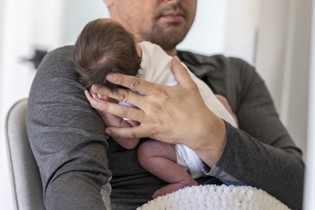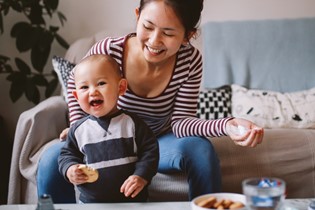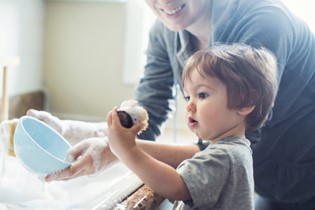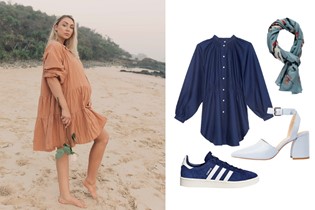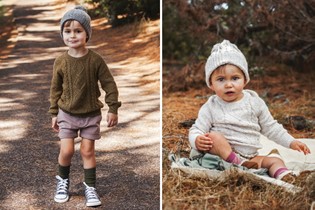Foods to Eat and Avoid During Pregnancy
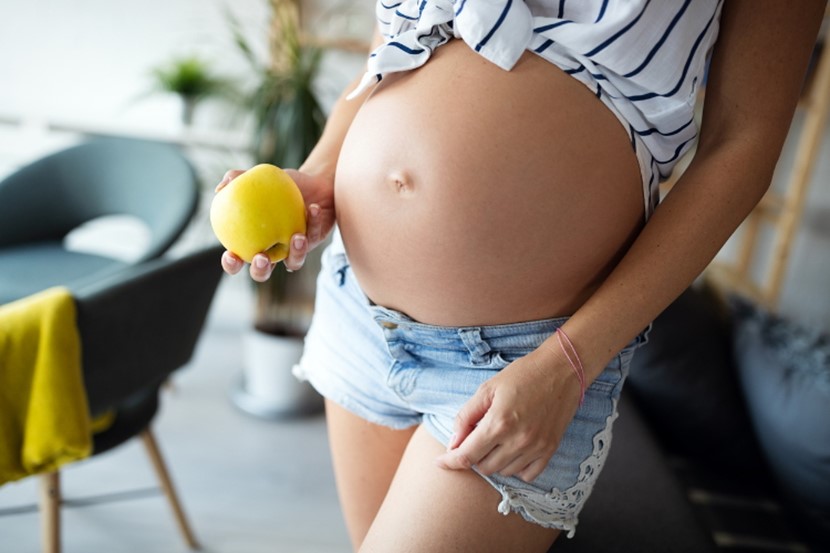
Take extra precautions with food in pregnancy to help ensure you and your baby stay healthy. Here’s our guide on which foods to avoid during pregnancy, which to take extra care with and which healthy foods to eat during pregnancy when you’re eating for two.
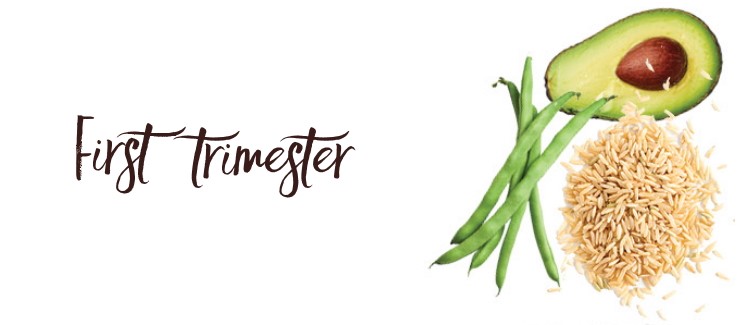
Nausea may cause your diet to be quite restricted in the early days of your pregnancy and you may just prefer to eat dry crackers or plain toast. Fortunately, as your baby grows and requires more nutrients, your normal food tolerance usually returns. Foods to eat during pregnancy high in folic acid, such as leafy green vegetables, citrus fruits, avocados, bananas, fortified grains, beans and rice.

During this time, a balanced diet containing elements from the four food groups is generally all you’ll need to maintain your baby’s healthy growth. The groups are fruit and vegetables, bread and cereals, dairy, and lean meats and legumes. Constipation could be an issue throughout your pregnancy, so make sure you drink plenty of water and include plenty of fibre in your diet to keep things moving along.

In this trimester, the most important nutrient (and one pregnant women are most commonly deficient in) is iron. Red meat is the best source but most animal meat, including fish, contains iron, as do eggs. Vegetarians and vegans should ensure they manage their iron requirements carefully; again, supplements can help. Eating foods high in vitamin C helps iron absorption, so try some tomatoes with your steak!

FOLIC ACID
The New Zealand Ministry of Health recommends folic acid supplements up to 12 weeks gestation because it’s hard to get enough through natural food sources alone.
WHAT'S OFF-LIMITS...To help avoid food poisoning, the New Zealand Ministry for Primary Industries recommends that you don’t eat the following: ◻️ Hummus and other dips containing tahini. Instead, make your own, omitting the tahini or replacing it with ground or whole sesame seeds. Eat it within a couple of days. ◻️ Raw or smoked seafood, such as sushi, smoked salmon, marinated mussels, and oysters. ◻️ Prepared foods, such as store-bought sandwiches, where you can’t be certain of product age, storage conditions or the preparer’s food handling practices. ◻️ Processed meats like ham, pâté, salami and luncheon. ◻️ Cold cooked or smoked chicken. ◻️ Chilled ready-to-eat foods, for example from a supermarket deli or restaurant buffet, such as coleslaw, salads and sliced meat, unless heated until piping hot. ◻️ Soft and semi-soft pasteurised cheese, such as brie, camembert, feta, blue, mozzarella and ricotta. ◻️ Raw milk, raw milk cheeses and raw milk yoghurts. Raw milk hasn’t been pasteurised to kill harmful bacteria, such as campylobacter, listeria and toxin-producing strains of E.coli. ◻️ Soft serve ice cream. ◻️ Raw eggs, for example in smoothies, mayonnaise or desserts like mousse. ◻️ Cream or custard (eg in pre-made cakes or pastries). Newly opened or home-made and fresh is fine. |
POSSIBLE INFECTIONS
Listeria and toxoplasma are two infections you can get through food. They’re rare, but particularly dangerous when you’re pregnant.
◻️ Listeria is found in animal faeces, on plants, in soil and in water. It can occur on raw food, can contaminate prepared food and, unlike most bacteria, it can grow on food in the fridge. Listeriosis, the disease caused by listeria, may cause miscarriage or early labour, or the baby may be born with the infection and need treatment with antibiotics.
◻️ Toxoplasmosis can be contracted through contact with cat poo (even from gardening), and from incompletely cooked meat products or raw meat products. Good hand hygiene and avoiding the above will generally keep you safe from problems related to toxoplasmosis.
WHAT ABOUT…
Mercury in fish
Mercury is a naturally occurring chemical which is always present in seawater, so all fish will have some in their flesh. In fish species that live for a long time, high mercury levels are often found in older fish, however the tuna and small fish species (such as sardines, pilchards and herring) sold in cans are short-lived species which accumulate only low amounts of mercury.
Cadmium in fish and brown seaweed
Bluff and Pacific oysters and queen scallops contain more cadmium than other foods, and New Zealand’s Ministry for Primary Industries (MPI) recommends you eat these shellfish only once a month during pregnancy. Brown seaweeds, like kelp, kombu, wakame, arame, quandai-cai, hiziki/hijiki or Sargassum fusiforme, contain naturally very high iodine concentrations and MPI recommendations are for just one serving of these a week.
For the most comprehensive guide on what to eat and what not to eat during pregnancy, visit mpi.govt.nz/food-safety.

AS FEATURED IN ISSUE 49 OF OHbaby! MAGAZINE. CHECK OUT OTHER ARTICLES IN THIS ISSUE BELOW



